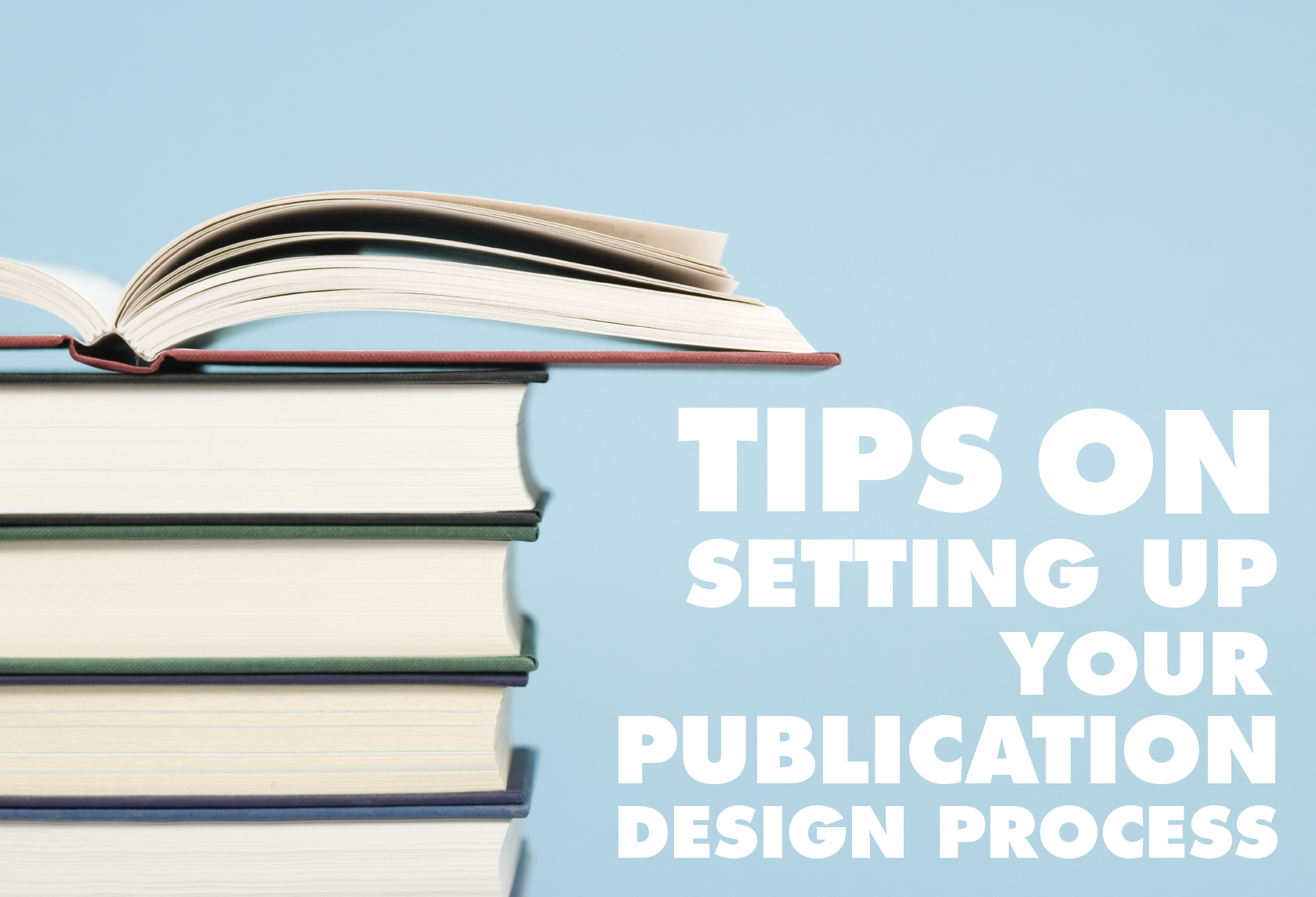Publication design can be distributed into an array of significant fundamentals together with research work, typography, page design, imagery, format, content and arranging meetings with clients. In order to be successful in the publication design practice, an individual must completely appreciate the significance of each of these contributing elements.
Before you start your project you must be well aware about your clientele. You must acquaint yourself with the people who will be seeing and analyzing your services and product, get to know and understand them, in order to relate to their interests. You must keep your clients and target audience in mind when you plan and throughout working on the project. The publication will portray a considerable portion of customer’s needs. You must try to sustain the details and information, the company or organization confers you so as to ensure confidentiality and honesty.
If you want to design a book cover for a fiction writer or a magazine for example, you are advised to incarcerate the soul of the main story in such a way that is both candid, draw attention and will vend the books/magazines. The book cover and its cover page should have potential to influence a large count of people of the specified target market and readers to reel them in.
While the customers may be paying for your services, they are not the solitary ones who will be evaluating the refined product. Taking account of what sort of publication you are occupied with, the product might be examined by hundreds and thousands of people and even in focus groups. So, it is imperative to concentrate on the requirements of both the client and the audience, in order to deliver a memorable and interesting publication and/or design.
Try to arrange meetings with your clients in order to understand their essentials and thus, to better understand your terms. After this, you can start your research work. During your research work, try to focus on the positive aspects which will ultimately lead to an inspiration for the masses. It is essential to have sufficient knowledge of the subject matter in order to stand out of the crowd.
The next step includes, coming up with ideas and sketching initial concepts of well-organized and an eye- catching designs for your project. Let your thoughts and ideas pour down on the paper — here there is no right and wrong. After collecting a set of rough sketches for your design, you can boot up your layout plan software. Most designers prefer to use Adobe InDesign to execute your publication designs. Don’t forget to encompass images that reflect brand’s message or augments the readers’ understanding or help them to get the precise message of the content. This is where the assistance of a professional graphic designer is of the upmost importance.
Lastly, revise your content thoroughly and edit the errors, if there are any. Subsequent to revision, the content is ready for printing. Take proper care that the bleeds and margins are at appropriate place, adjust the resolution up to 300 dpi or higher than this, pack up the case with all links and fonts and propel it off.
Contact the Creative Director HERE for more information or for assistance in setting up the design of your publication.


